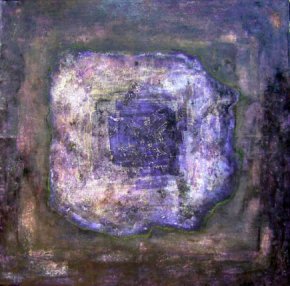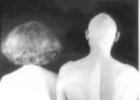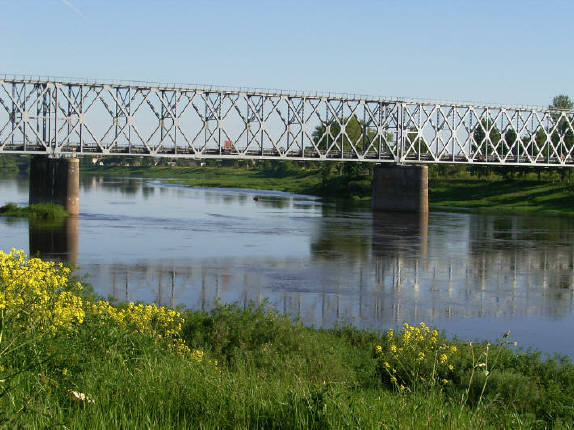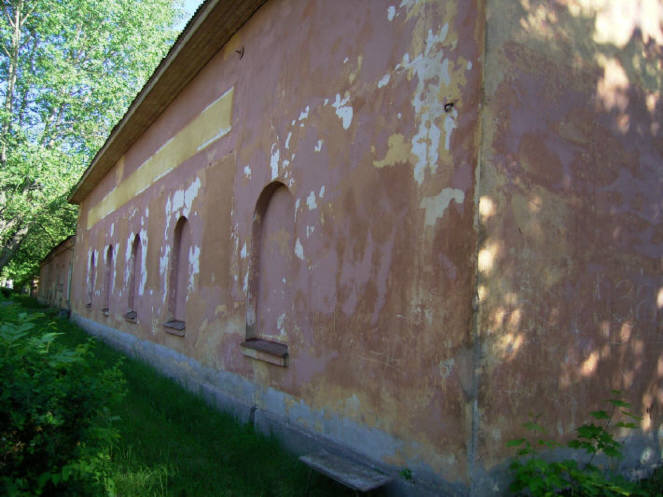Pilgerweg Daugava

For many years rivers have been images of our planet. In his narrative “the way it is on earth below heaven” Socrates talks about everything surrounding the Okeanos and the Acheron, which are responsible for the cycle of life. Such streams are often contra-dictory like the one of the burning mud- and ash river Pyriphlegethon, which meets its dark blue counterpart Kokytos. (Platon, Phaedo 108 ff)
Even today a real river can become an image – and its contrasting image, too. One of such rivers is the Daugava that flows through Latvia. On the one hand the river is an image of natural beauty and on the other hand its banks reveal to us an ugly stream of European war history.
The war memorials begin at Daugavpils with a fort from the time of Tsars. The buildings of a barrack town are enclosed by barbettes whose occupants were constantly changing – from the Soviet KGB to the German SS. The river in its entirety is reminiscent of German Templar tracks that reveal the absurdity of conquest and subjugation in the name of Jesus Christ. Shortly before Riga comes a visible symbol of our most horrific absurdity: the concentration camp of Salaspils.
The river Daugava passes
by without taking any notice. It doesn’t understand why we believe
“one is born of water and
the spirit”. (John. 3) Water is the origin of all earthly life and has
nothing to do with wars fought for “fatherlands”. It mirrors no more than
the yearning for a mother – like the paintings of the Madonnas, which the
Renaissance painters once used to create a new artistic movement.
For many years I have been working on the Madonnas of Grünewald, da Vinci, Dürer and Potormo. These paintings were shown in our regional artistic events – until Roswitha suggested to let them go on their final journey further afield. “Hand them over to the Daugava” she said “this could be an image of humanity that the river might understand more”.
Dieter Pentzek
Übersetzung Olivia Harnisch


